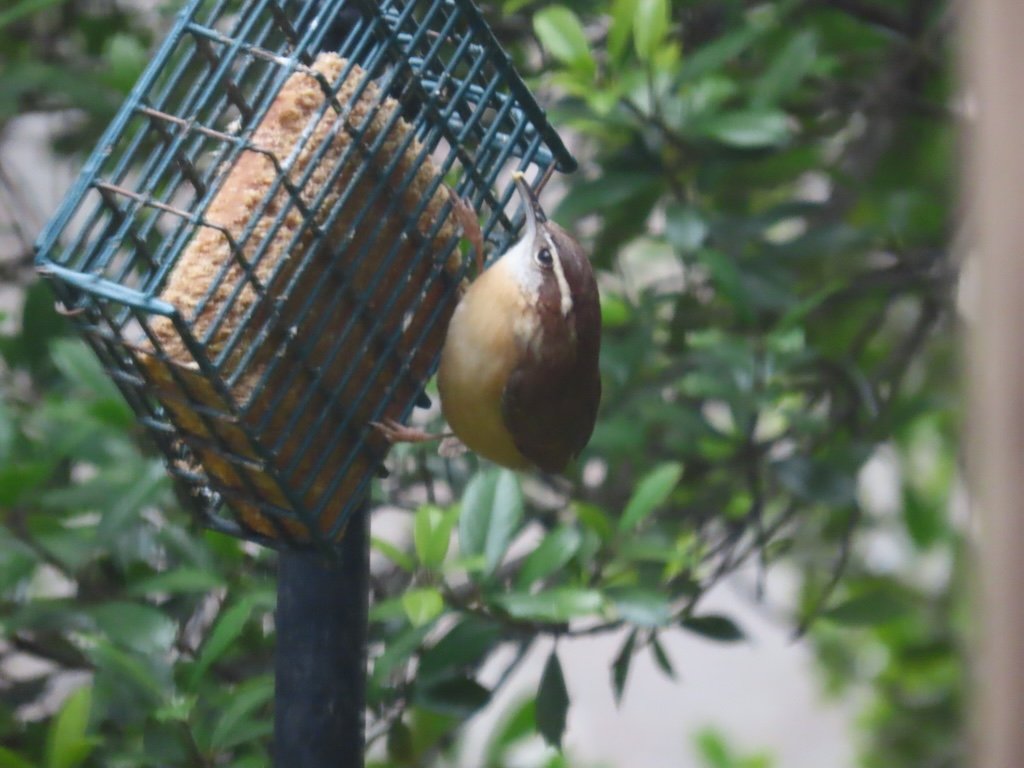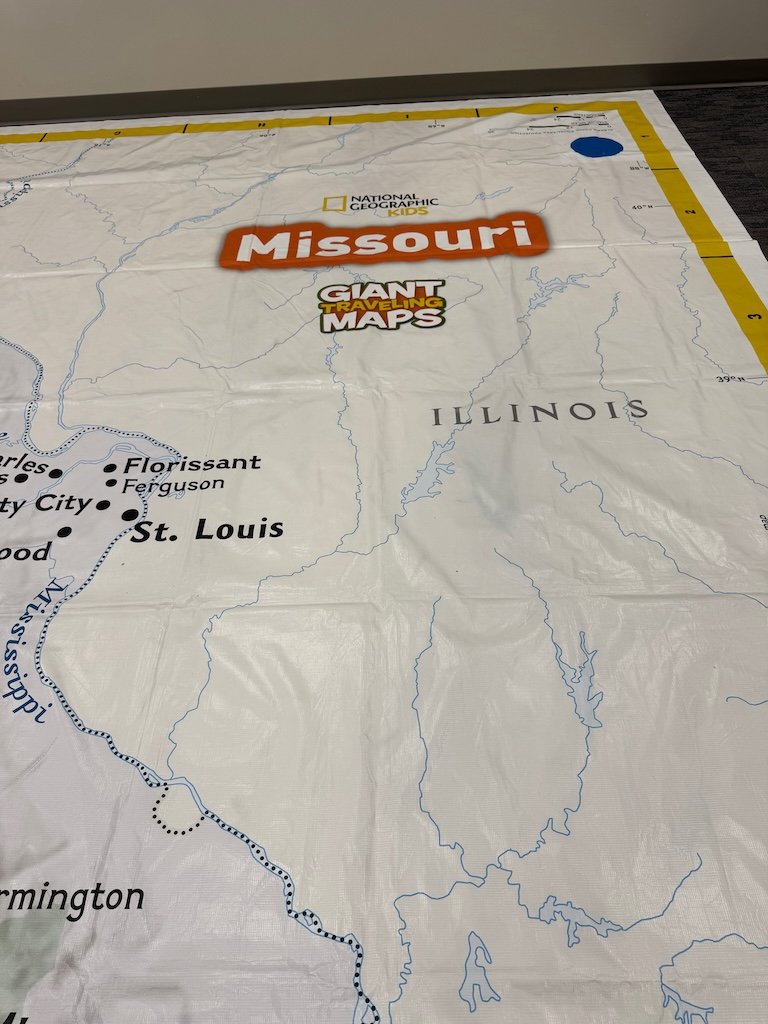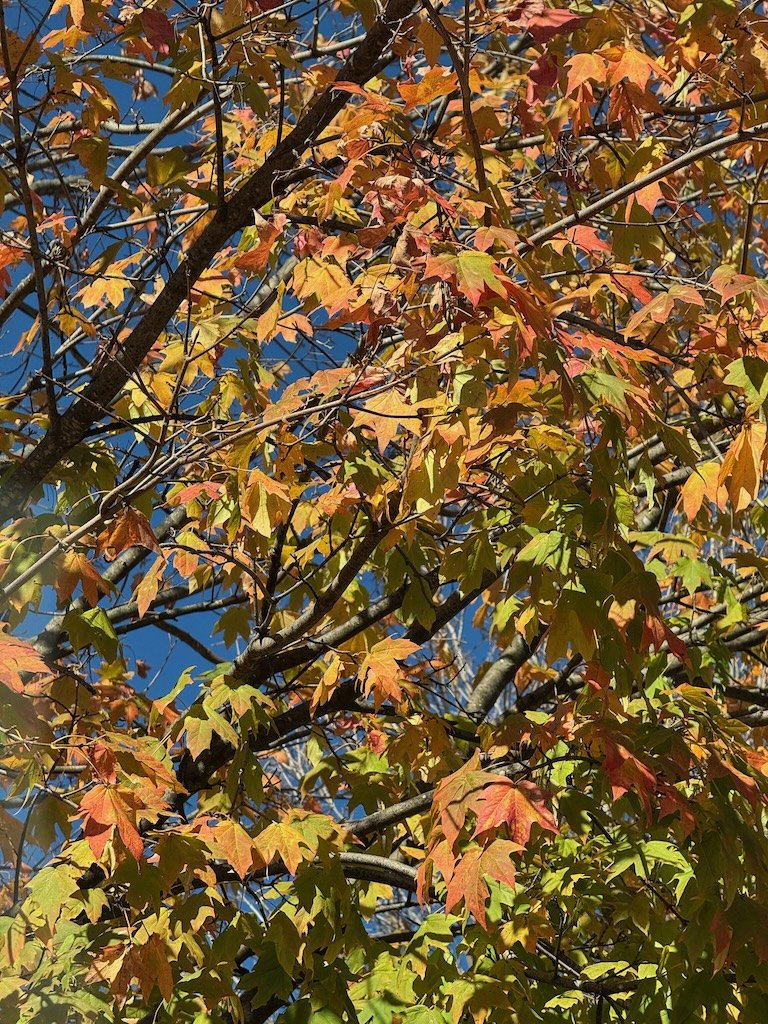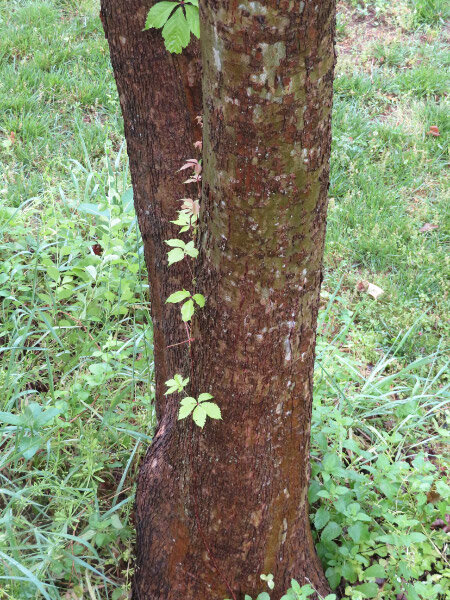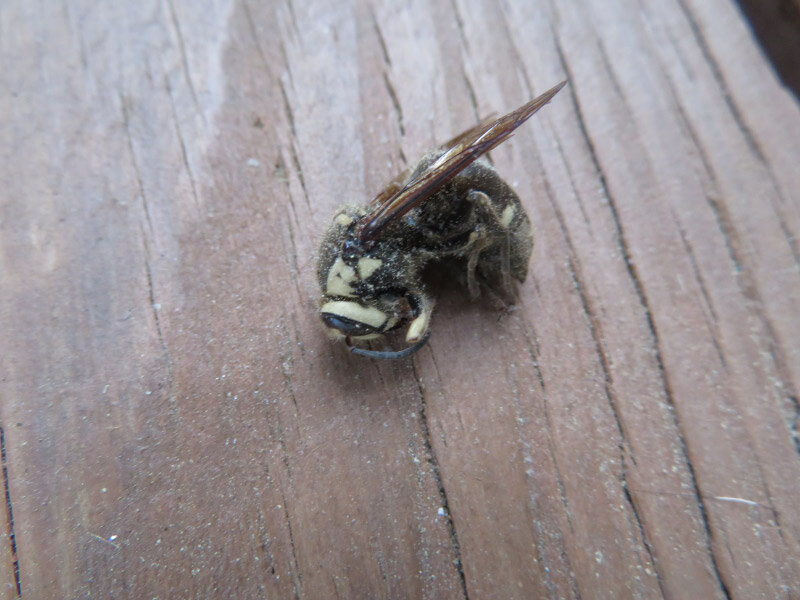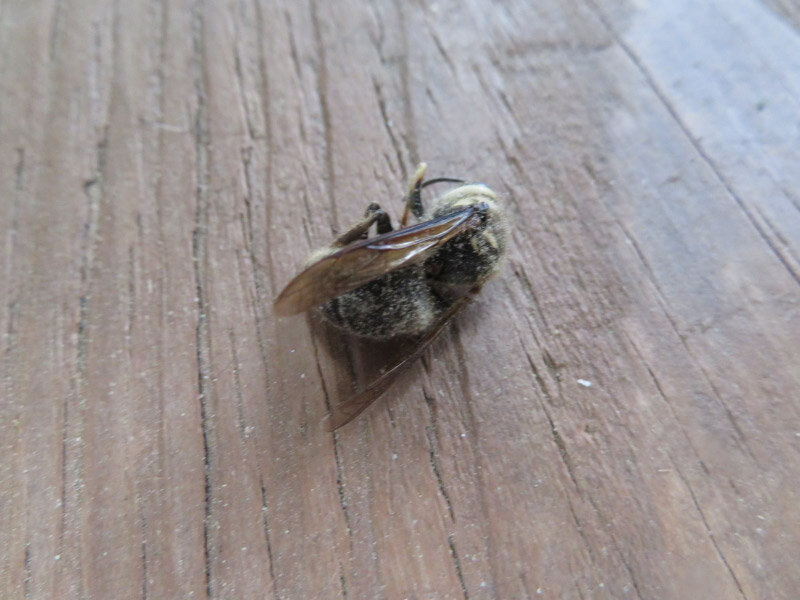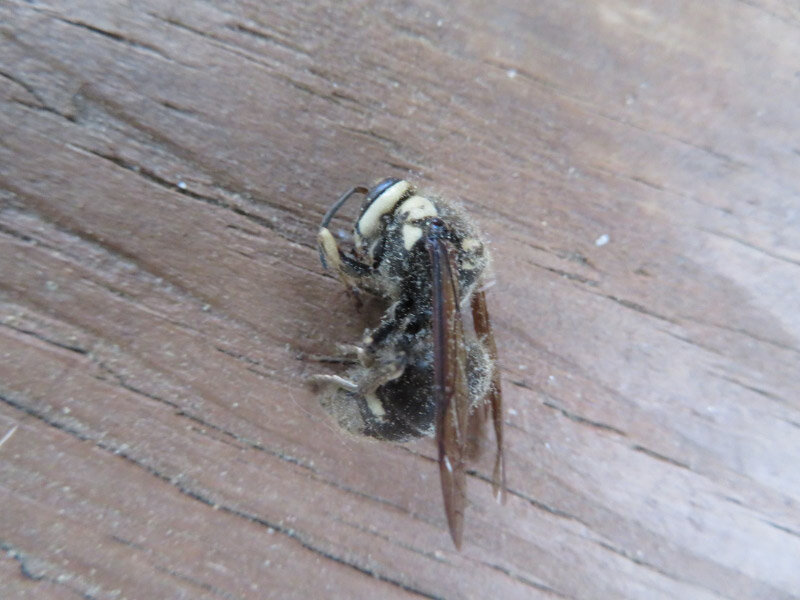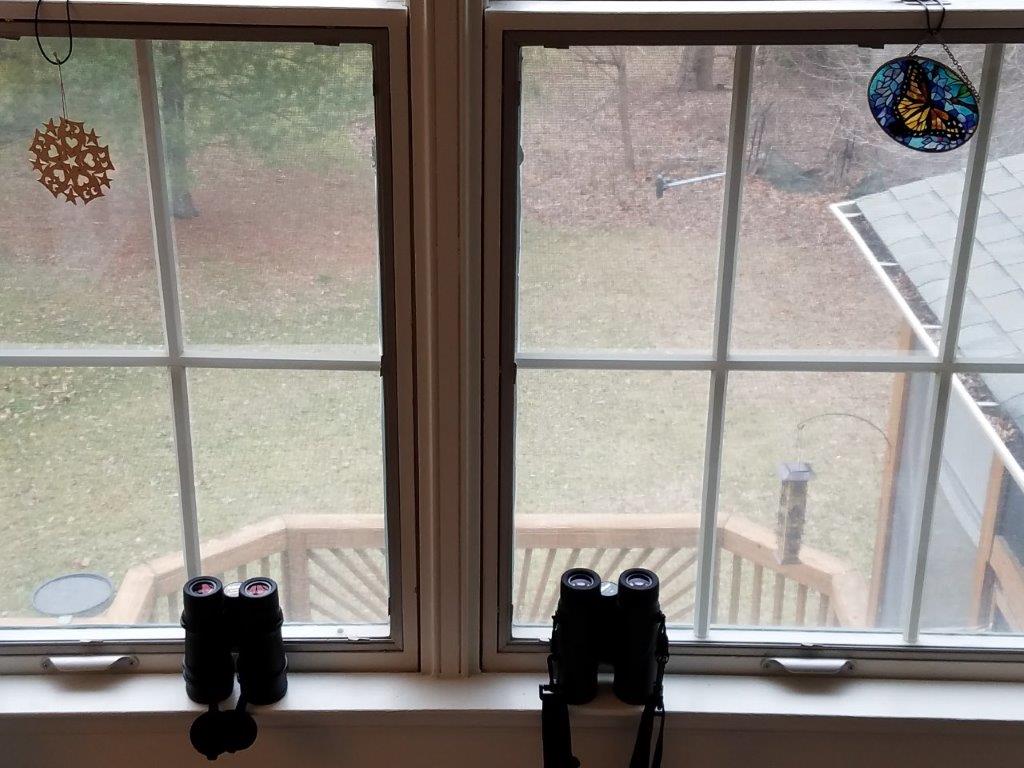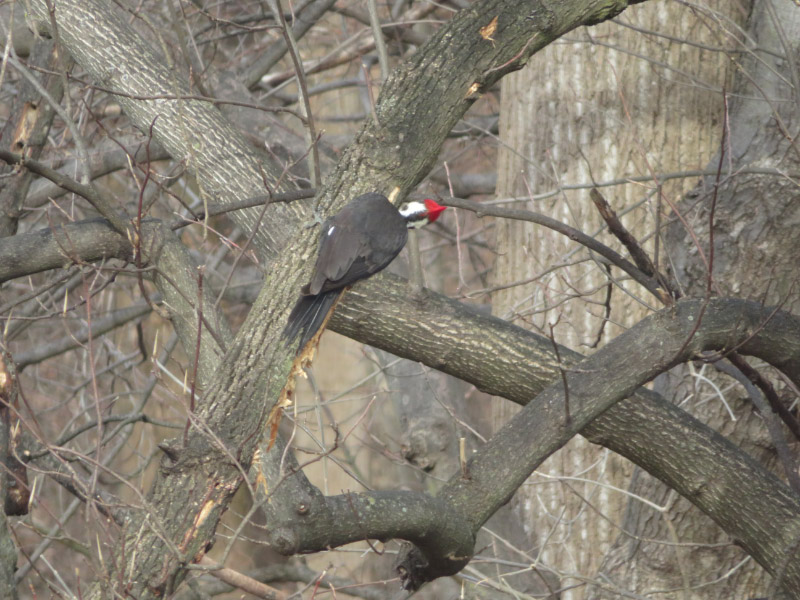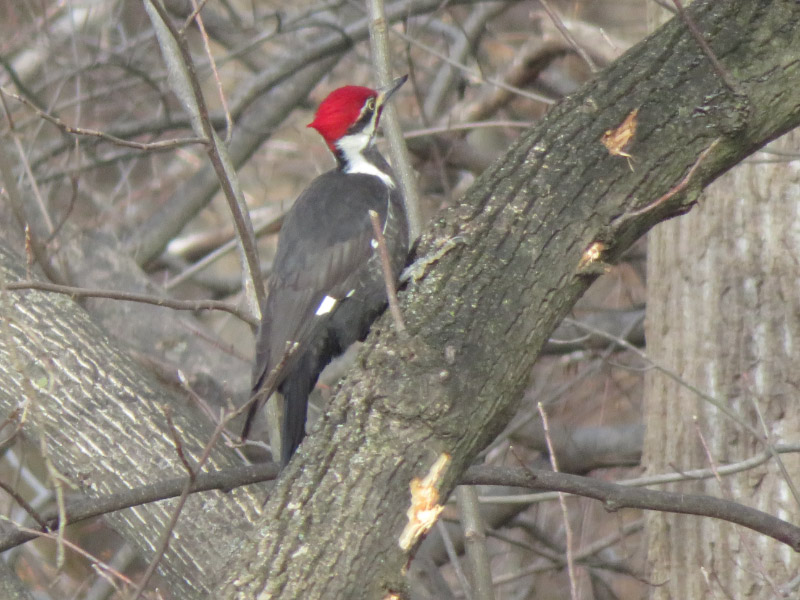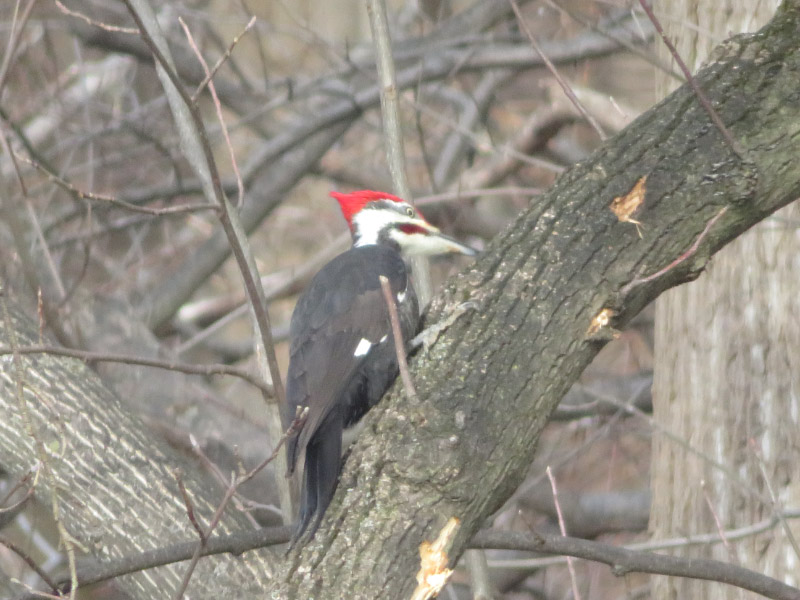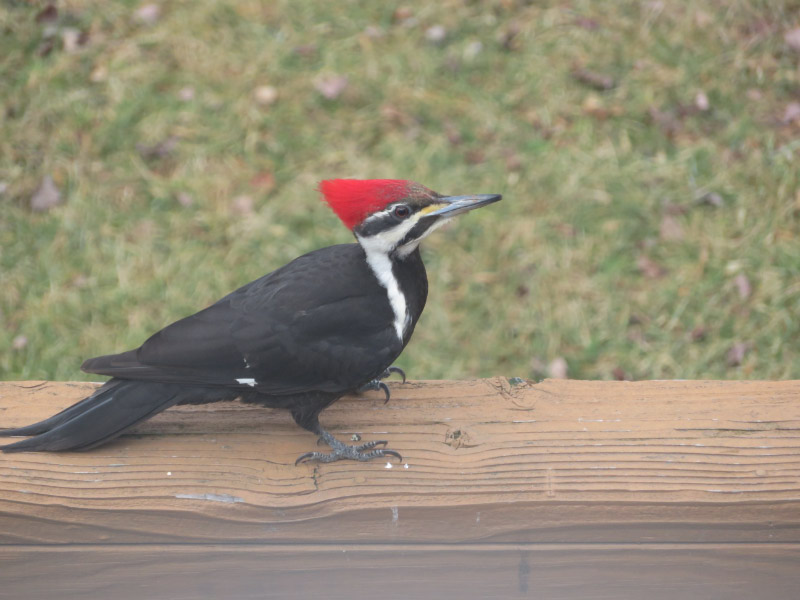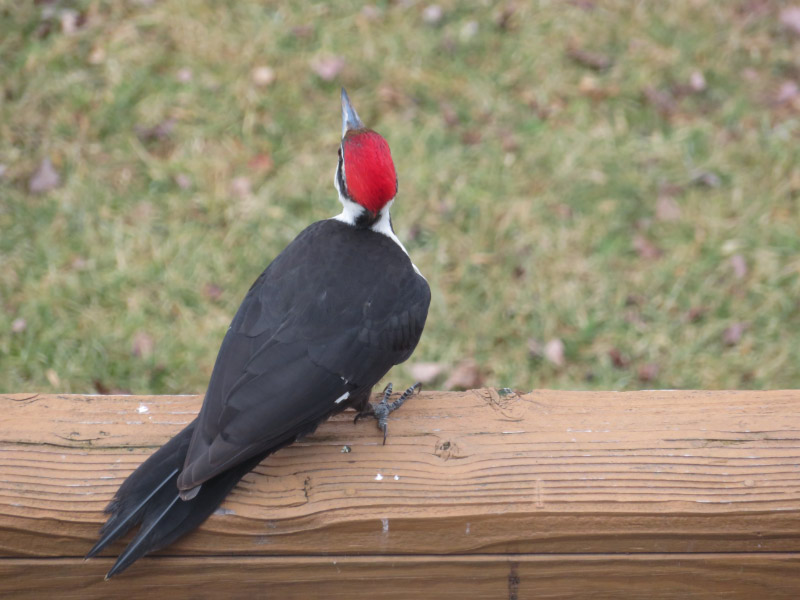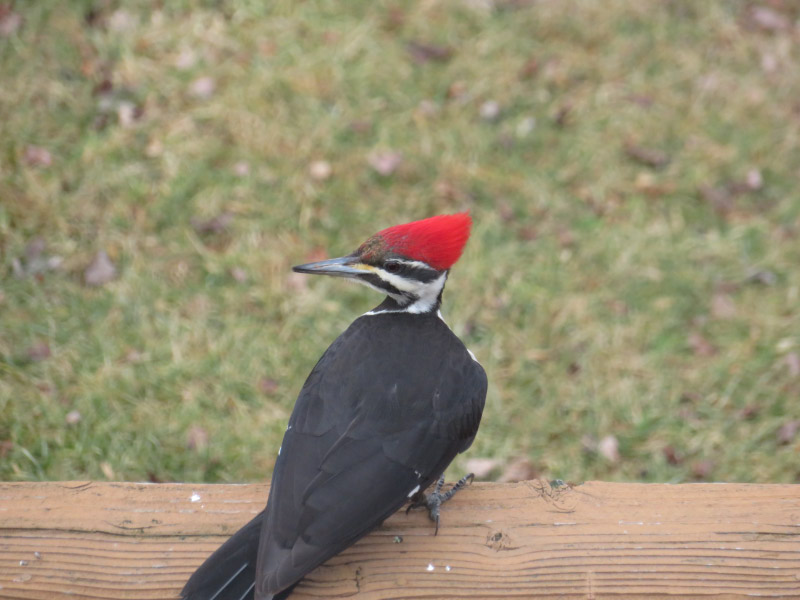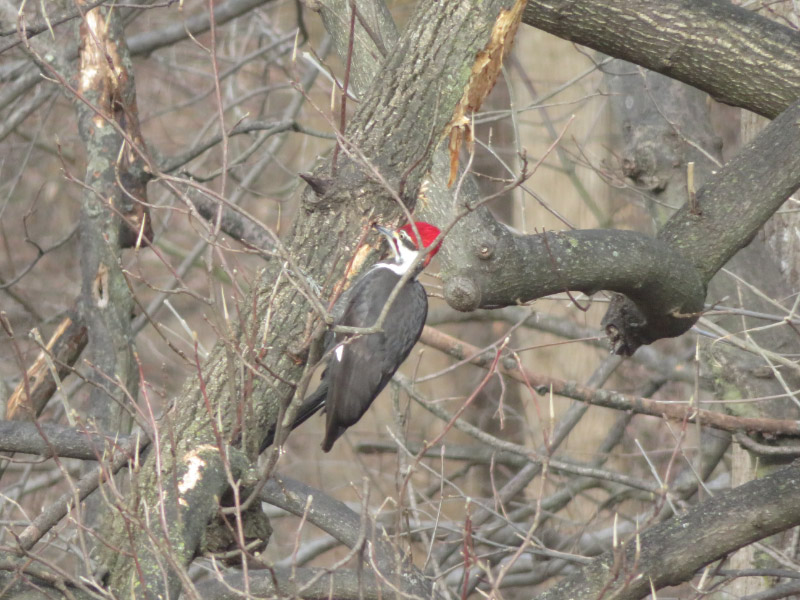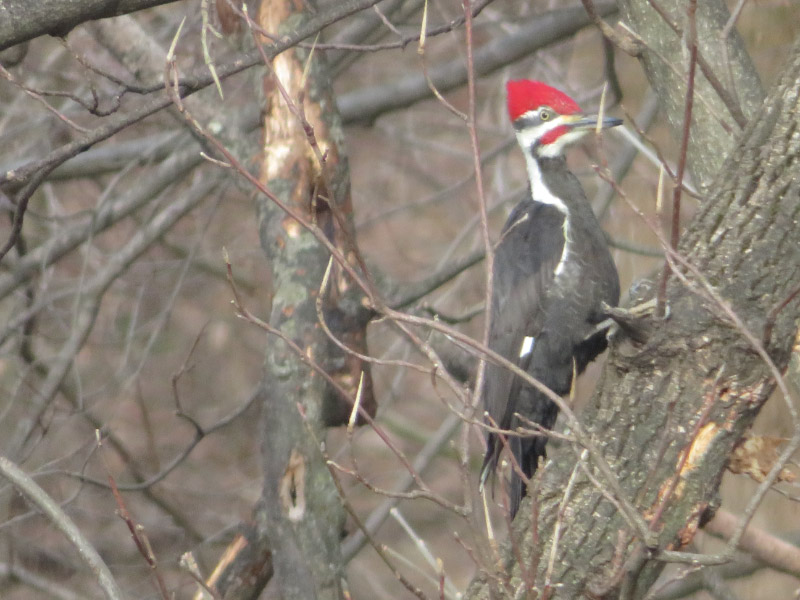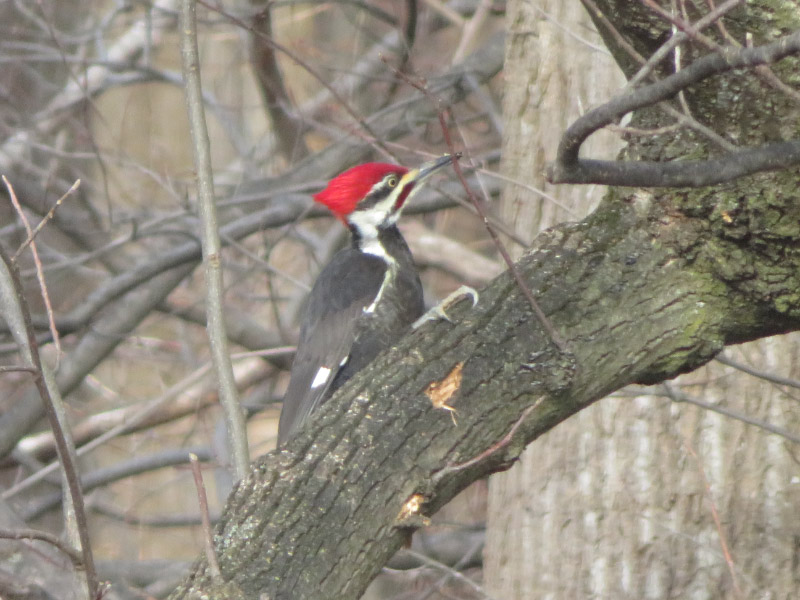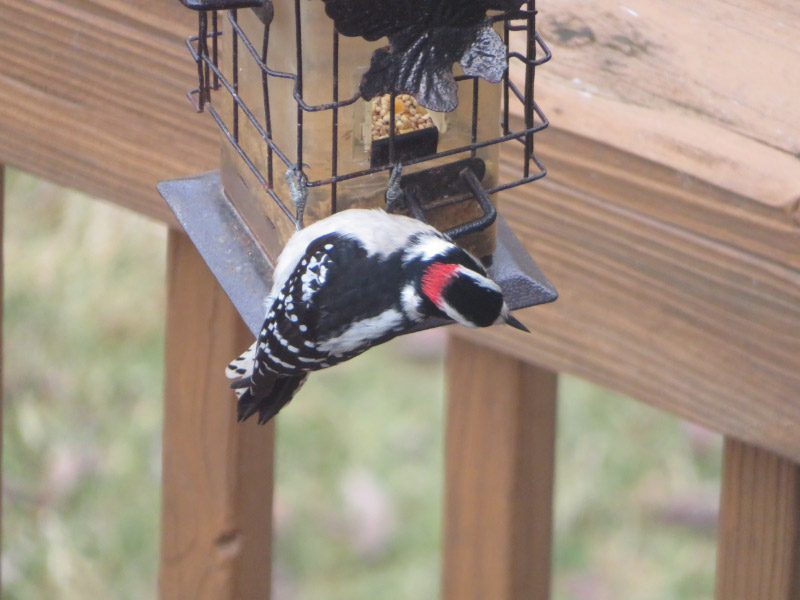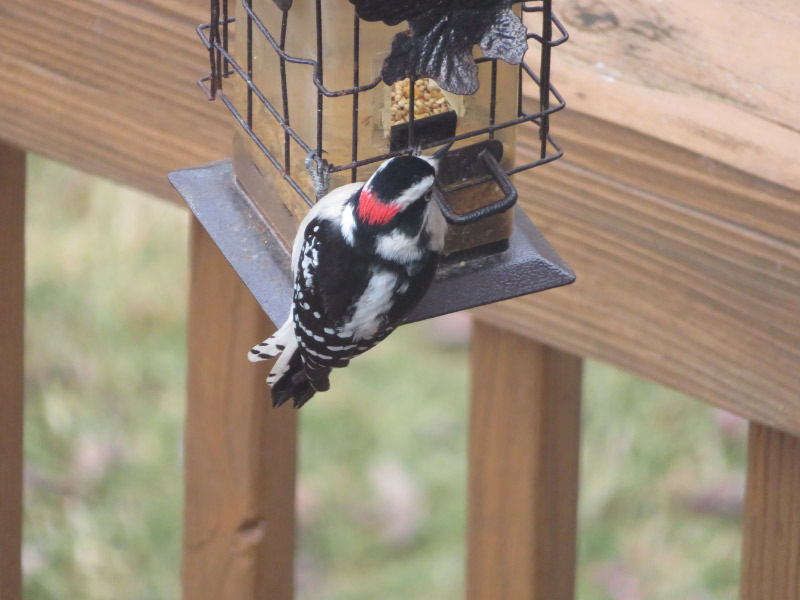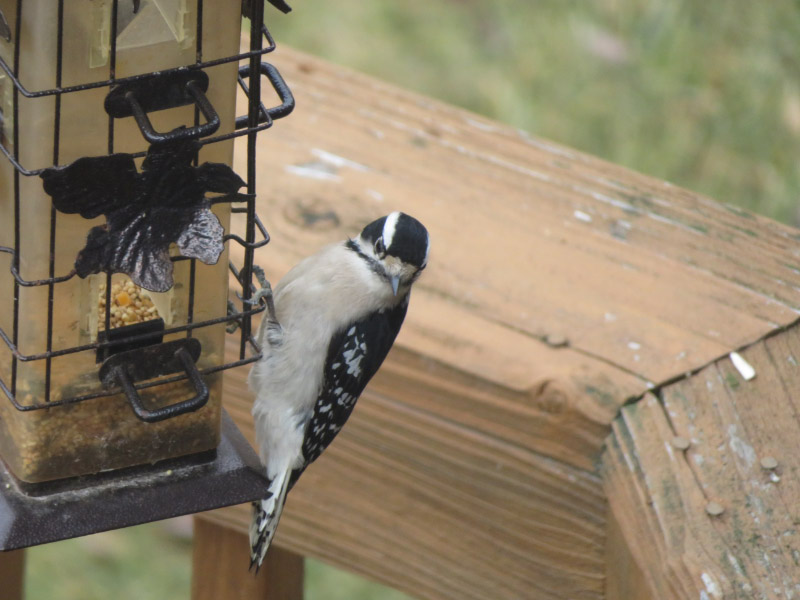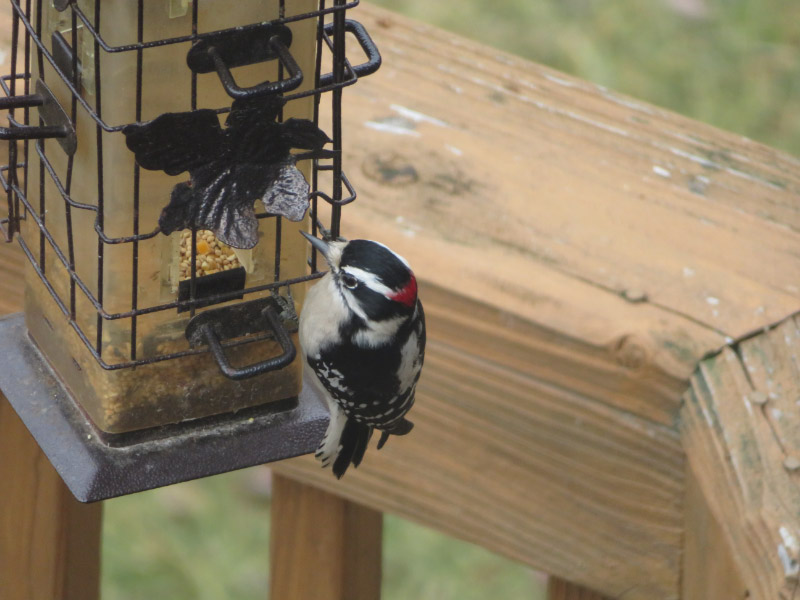The items below were ‘the cream’ of the articles and websites I found this past week. Click on the light green text to look at the article.
A looming 'demographic cliff': Fewer college students and ultimately fewer graduates – Universities are already experiencing declining enrollment. In the first half of last year, more than one college a week announced that it would close….and the projection is that the pace of college closings could accelerate. This does not bode well for the US economy.
Charging Ahead: Key Geographical Clusters for Electric Trucks – The realistic sequence looks like: The west coast of the US up to British Columbia and New York to Virginia will be the first wave of green charging corridors for trucks. Virginia to Florida and then Texas to California with be the second wave. I am bummed that Missouri (where I live) is not positioning itself to be in the second tier which would facilitate a complete cross county route.
Severe Cold Spells May Persist Because of Warming, Not in Spite of It – Evidently, we have a weaker, more meandering jet stream that allows frigid air to reach further south because the Arctic is heating up and there is not as much difference between the Arctic and warmer air to the south.
A Quarry Worker Felt Strange Bumps While Digging. They Turned Out to Be the Largest Dinosaur Trackway in the U.K. – I remember going to see the dinosaur tracks at Glen Rose, Texas. Somehow the huge tracks make it easier to internalize how big these animals were!
U.S. Surgeon General offers 'parting prescription' to heal America's division – Thought provoking.
Seven key climate and nature moments to look out for in 2025 - Big moments in 2025 that could shift the dial on climate and nature….while extreme weather continues.
Who built Europe’s first cities? Clues about the urban revolution emerge - Around 6,000 years ago, a group known as the Cucuteni–Trypillia culture developed egalitarian settlements north of the Black Sea and created the region’s earliest urban centers. Then, after two millennia, they vanished. Cucuteni–Trypillia has always stood out as something of an anomaly, because its settlements seemed to have been egalitarian societies that were devoid of social hierarchies. Their distinctive pottery was discovered almost simultaneously in two locations in the late nineteenth century: Romania (where the culture was named after a site in Cucuteni) and Ukraine (where the same culture was named Trypillia, also after a community where artefacts were found). The group made pots, hunted and gathered, farmed, raised cattle and lived in settlements where all the houses were the same size. People ate legumes and cereals grown on the rich soils of Ukraine, which were well manured by cattle. Livestock animals were also eaten, although isotope analysis of rare human remains shows that meat made up only roughly 10% of people’s diets. Despite the organized urban design of Cucuteni–Trypillia megasites, there were no palaces, no grand temples, no signs of centralized administration and no rich or poor houses.
Looking Back on Geological Activity in Yellowstone During 2024 - Hydrothermal explosion in Norris Geyser Basin in April, July explosion of Black Diamond Pool at Biscuit Basin, Economic Geyser(in Upper Geyser Basin) experienced a series of eruptions for the first time since 1999, Abyss Pool began to heat up and overflow/its color changed from dark and somewhat murky to a deep blue as the summer progressed, Steamboat Geyser continued to be active although with many fewer eruptions than in previous years…but the year was seismically calm!
Citizen science reveals that Jupiter's colorful clouds are not made of ammonia ice - The abundance of ammonia and cloud-top pressure in Jupiter's atmosphere can be mapped using commercially available telescopes and a few specially colored filters and the instrumentation/analysis showed that the clouds reside too deeply within Jupiter's warm atmosphere to be consistent with the clouds being ammonia ice.
Photographer Highlights the Importance of Monarch Butterfly Conservation Through Stunning Images – Photographs from Jaime Rojo. The monarch butterfly isn’t just a pretty sight—it’s an essential pollinator that keeps our planet healthy. But in the last 40 years, their population has dropped by a staggering 90%, leaving them on the brink of extinction.

